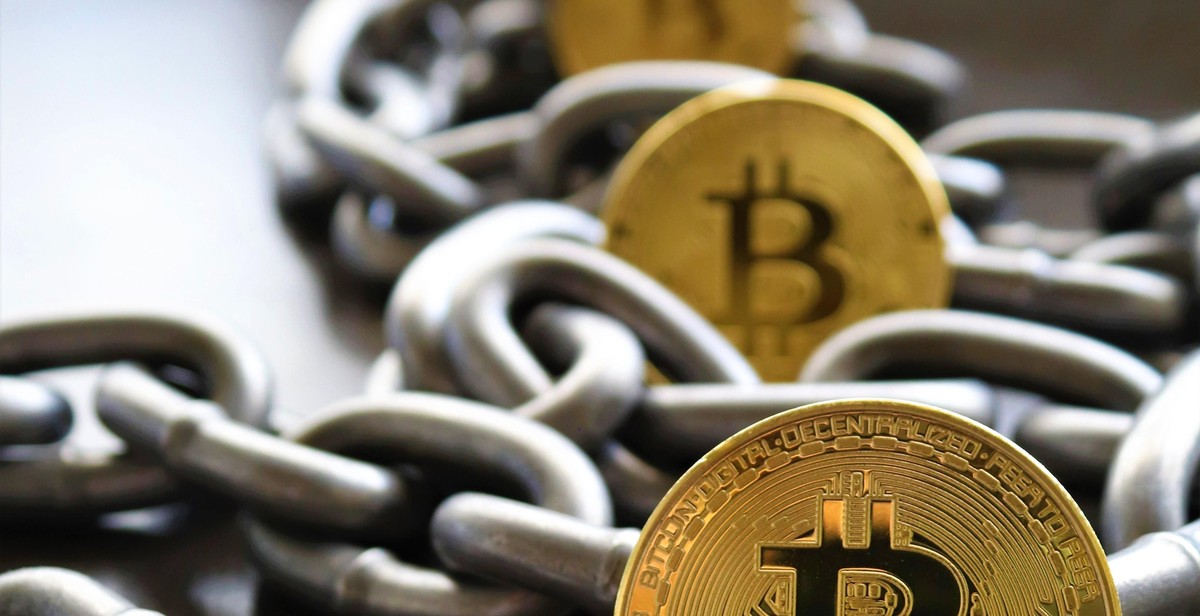How to Protect Your Crypto Assets from Phishing Attacks
Cryptocurrencies are becoming increasingly popular, and as a result, cybercriminals are taking advantage of their popularity to launch phishing attacks. These attacks are designed to trick unsuspecting individuals into providing their private keys or login credentials, which can then be used to steal their crypto assets.
What are Phishing Attacks?
Phishing attacks are a type of cyber attack that involves tricking individuals into providing sensitive information such as passwords, credit card numbers, or private keys. These attacks typically involve sending fraudulent emails or creating fake websites that look like legitimate ones in order to deceive victims.
Phishing attacks can be particularly devastating for cryptocurrency holders because once the attacker has access to their private keys, they can easily transfer the assets to their own wallet, where they cannot be recovered.
Why You Need to Protect Your Crypto Assets
Protecting your crypto assets is essential if you want to avoid falling victim to phishing attacks. By taking proactive measures to safeguard your private keys and login credentials, you can significantly reduce your risk of losing your assets to cybercriminals.
In the next sections of this article, we will discuss some practical steps you can take to protect your crypto assets from phishing attacks.

Why Crypto Assets are Vulnerable to Phishing Attacks
Cryptocurrency is a decentralized digital asset that operates on a peer-to-peer network, making it a prime target for phishing attacks. Phishing attacks are a type of cybercrime that involves fraudulent attempts to obtain sensitive information such as usernames, passwords, and private keys. Hackers use various tactics to trick unsuspecting victims into divulging their sensitive information, which they then use to gain unauthorized access to their crypto wallets.
Lack of Regulation
One of the primary reasons why crypto assets are vulnerable to phishing attacks is the lack of regulation in the cryptocurrency market. Unlike traditional financial institutions, which are heavily regulated by governments and financial regulators, the crypto market operates in a largely unregulated environment. This lack of regulation makes it easier for hackers to carry out phishing attacks without fear of being caught or punished.
Moreover, the absence of a central authority in the crypto market means that there is no one to hold accountable in the event of a successful phishing attack. This lack of accountability further emboldens hackers to carry out their attacks without fear of any repercussions.
Security Measures
Another reason why crypto assets are vulnerable to phishing attacks is the lack of adequate security measures. While most crypto wallets come with some security features, such as two-factor authentication and multi-signature wallets, these measures are not foolproof. Moreover, many crypto users fail to implement these security measures, leaving their wallets vulnerable to attacks.
Additionally, the decentralized nature of the crypto market means that there is no central authority to ensure that security measures are implemented and adhered to. This lack of oversight makes it easier for hackers to exploit vulnerabilities in the system and carry out successful phishing attacks.
Conclusion
In conclusion, the lack of regulation and security measures in the crypto market makes it a prime target for phishing attacks. To protect your crypto assets from these attacks, it is essential to take proactive measures such as implementing security features and being vigilant against suspicious activity. Additionally, it is crucial for governments and financial regulators to implement regulations that will help curb phishing attacks in the crypto market.

How Phishing Attacks Work
Phishing attacks are a common way for hackers to steal personal information and access sensitive accounts, including those related to cryptocurrency. These attacks often involve tricking users into providing their login credentials, personal information, or even cryptocurrency wallet keys. There are several types of phishing attacks, including email phishing, SMS phishing, and social media phishing.
Email Phishing
Email phishing is one of the most common types of phishing attacks. Usually, attackers send fraudulent emails that appear to be from legitimate sources, such as banks, cryptocurrency exchanges, or other financial institutions. These emails often include a link to a fake website that looks like the real one. When users enter their login credentials or personal information on the fake website, the attackers can then use this information to gain access to their accounts.
To avoid email phishing attacks, it is important to be cautious of any email that requests personal information or asks you to click on a link. Always double-check the sender’s email address and hover over any links to see the URL before clicking on them. If you are unsure about an email’s legitimacy, contact the company directly to confirm the request.
SMS Phishing
SMS phishing, also known as smishing, is a type of phishing attack that involves sending fraudulent text messages to mobile phones. These messages often contain a link to a fake website or a request for personal information. Like email phishing, SMS phishing can be difficult to detect, as the messages may appear to be from a legitimate source.
To avoid SMS phishing attacks, it is important to be cautious of any text message that requests personal information or asks you to click on a link. Always double-check the sender’s phone number and hover over any links to see the URL before clicking on them. If you are unsure about a text message’s legitimacy, contact the company directly to confirm the request.
Social Media Phishing
Social media phishing is another type of phishing attack that involves fraudulent messages or posts on social media platforms. These messages often contain a link to a fake website or a request for personal information. Hackers may also create fake social media profiles that appear to be legitimate, in order to gain access to users’ personal information or cryptocurrency accounts.
To avoid social media phishing attacks, it is important to be cautious of any messages or posts that request personal information or ask you to click on a link. Always double-check the sender’s profile and hover over any links to see the URL before clicking on them. If you are unsure about a message or post’s legitimacy, contact the person or company directly to confirm the request.

How to Protect Your Crypto Assets from Phishing Attacks
As the popularity of cryptocurrency continues to grow, so does the threat of phishing attacks. Phishing attacks are a type of scam where cybercriminals attempt to steal your personal information by posing as a legitimate entity. In the case of cryptocurrency, they may try to gain access to your private keys or wallet passwords, putting your assets at risk. Here are some tips to protect your crypto assets from phishing attacks.
Use a Hardware Wallet
One of the most secure ways to store your cryptocurrency is by using a hardware wallet. These devices store your private keys offline, making it difficult for hackers to gain access to them. You can also use a hardware wallet to sign transactions, ensuring that your assets are protected even if your computer is compromised.
Enable Two-Factor Authentication
Two-factor authentication (2FA) adds an extra layer of security to your cryptocurrency accounts. With 2FA enabled, you will need to provide a second form of authentication, such as a code sent to your phone or email, in addition to your password. This makes it much more difficult for hackers to gain access to your accounts.
Verify URLs and Emails
Phishing attacks often involve fake websites or emails that look like they are from a legitimate source. Always verify the URL of any website you visit and make sure that it is spelled correctly. Similarly, be cautious of any emails or messages that ask you to provide personal information or click on a link. Check the sender’s email address carefully and look for any spelling or formatting errors.
Use a Virtual Private Network (VPN)
A virtual private network (VPN) encrypts your internet connection, making it more difficult for hackers to intercept your data. This is especially important if you are using a public Wi-Fi network, which can be easily hacked. By using a VPN, you can ensure that your cryptocurrency transactions are secure and protected from prying eyes.
Educate Yourself and Stay Informed
The best way to protect yourself from phishing attacks is to educate yourself on the latest scams and techniques used by cybercriminals. Stay informed about new threats and be cautious when receiving unsolicited messages or emails. By staying vigilant and taking the necessary precautions, you can keep your crypto assets safe and secure.

Conclusion
Phishing attacks are a serious threat to crypto assets. With the increasing value of cryptocurrencies, hackers are becoming more sophisticated in their methods. It is crucial to take steps to protect your assets from phishing attacks.
What You Can Do
First and foremost, be vigilant and cautious. Always double-check the URLs of websites and emails before entering any personal information or passwords. Use two-factor authentication (2FA) wherever possible to add an additional layer of security. Keep your software and antivirus up to date, and use a reputable wallet or exchange.
It is also important to educate yourself and others about phishing attacks. Spread awareness and share this information with your friends and family to help keep them safe.
Final Thoughts
Protecting your crypto assets from phishing attacks requires a combination of caution, education, and technology. By taking the necessary steps to secure your assets, you can avoid falling victim to these malicious attacks. Remember, prevention is better than cure, and it only takes one mistake to lose your hard-earned cryptocurrency.
Stay safe, stay vigilant, and always be on the lookout for potential phishing attempts.
